For centuries, militaries tried to harness the ability to command fire. There were various methods used, but the flammenwerfer models developed by the German Army prior to World War I were the beginning of modern flamethrowers as we know them today. Their use in the conflict struck fear into the Allied forces, who were showered in flames while in their trenches, and the weapon’s power was fully recognized as a result.
Richard Fiedler’s patent
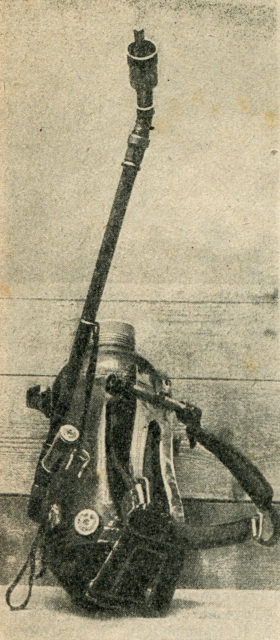
In 1901, Richard Fiedler patented the design for a machine that could weaponize fire. It’s from this that modern flamethrowers are attributed. Fielder’s design was so intriguing that it caught the attention of the German Army that same year. Officials began funding the project, hoping to adopt whatever means he came up with.
Fiedler was tasked with coming up with various models of flammenwerfers and presented a working prototype in 1905. After testing and trials, two designs were delivered and accepted into service: the grossflammenwerfer and the kleinflammenwerfer.
Grossflammenwerfer
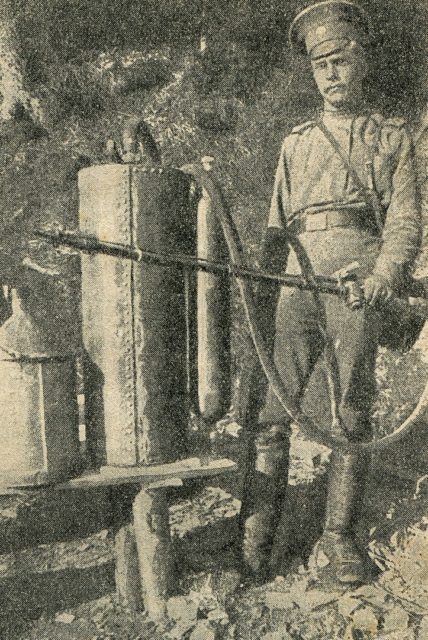
Also known as the Grof, the Grossflammenwerfer was the largest and heaviest of the German flamethrowers, and not intended to be carried by troops. Comprised of a stationary fuel and propellant tank with a loose hose, it would be placed in one position, as it wasn’t easily moved. Once set up, soldiers would use the hose to attack enemy trenches.
Kleinflammenwerfer
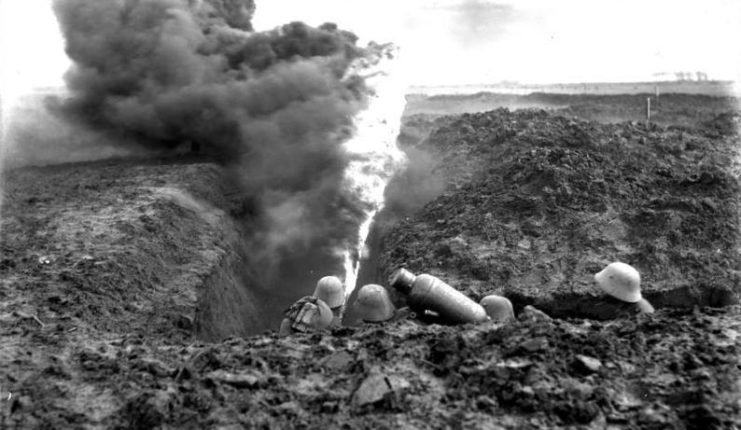
Also known as the Kleif, the kleinflammenwerfer was a more portable flamethrower operated by a four-man crew. Still not operable by a single person, it had two functioning parts: the fuel and propellant tank that was worn as a backpack and the hose that connected to it.
Wechselapparat
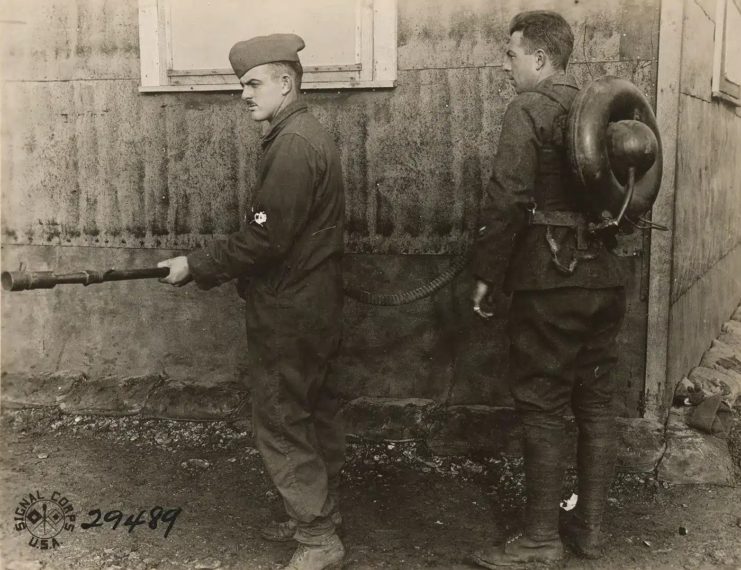
A third flammenwerfer was developed well into the First World War: the Wechselapparat, also known as the Wex. It was introduced into service in 1917 and had a unique distinction over the Kleif, as its backpack-style tank was donut-shaped.
Bernhard Reddemann made flammenwerfers useable on the battlefield
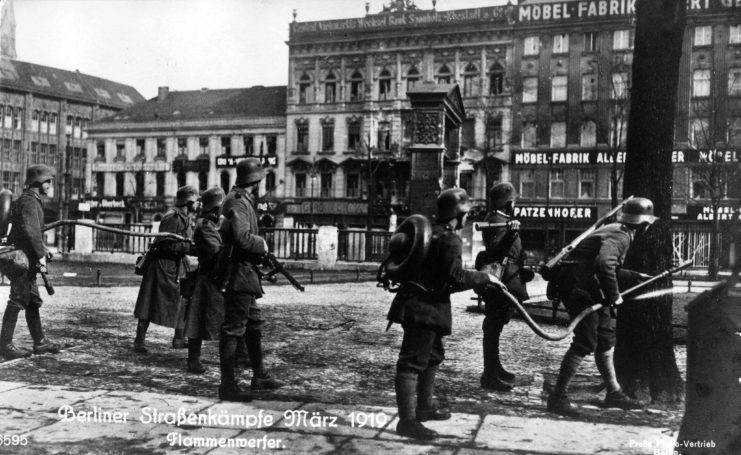
Independent of Fiedler, Bernhard Reddemann developed his own flamethrower. He was inspired by the use of kerosene by the Japanese in the Russo-Japanese War, and used his knowledge as a chief firefighter using pumping equipment to extinguish fires.
When the First World War broke out, Reddemann served as part of a Pioniere unit made up of specialized troops. By the second year of the conflict, he was the head of a flammenwerfer battalion, and Fiedler’s designs were made viable in war thanks to him.
